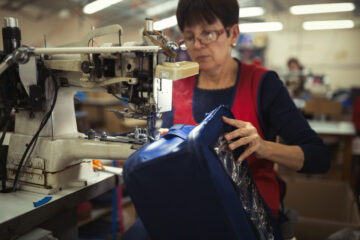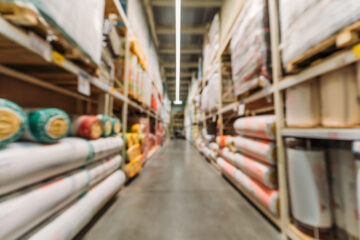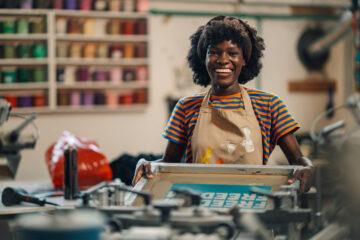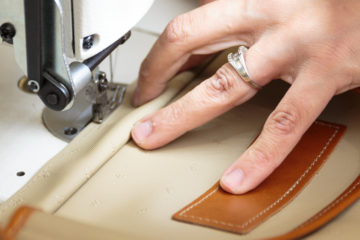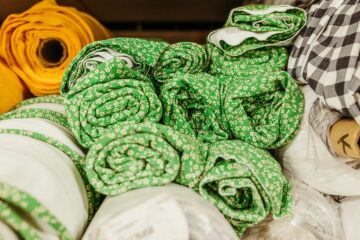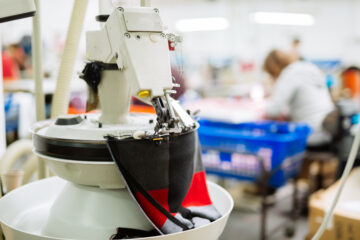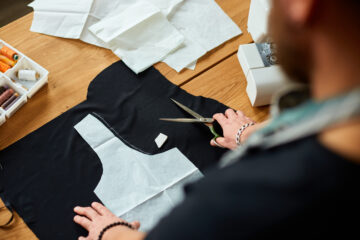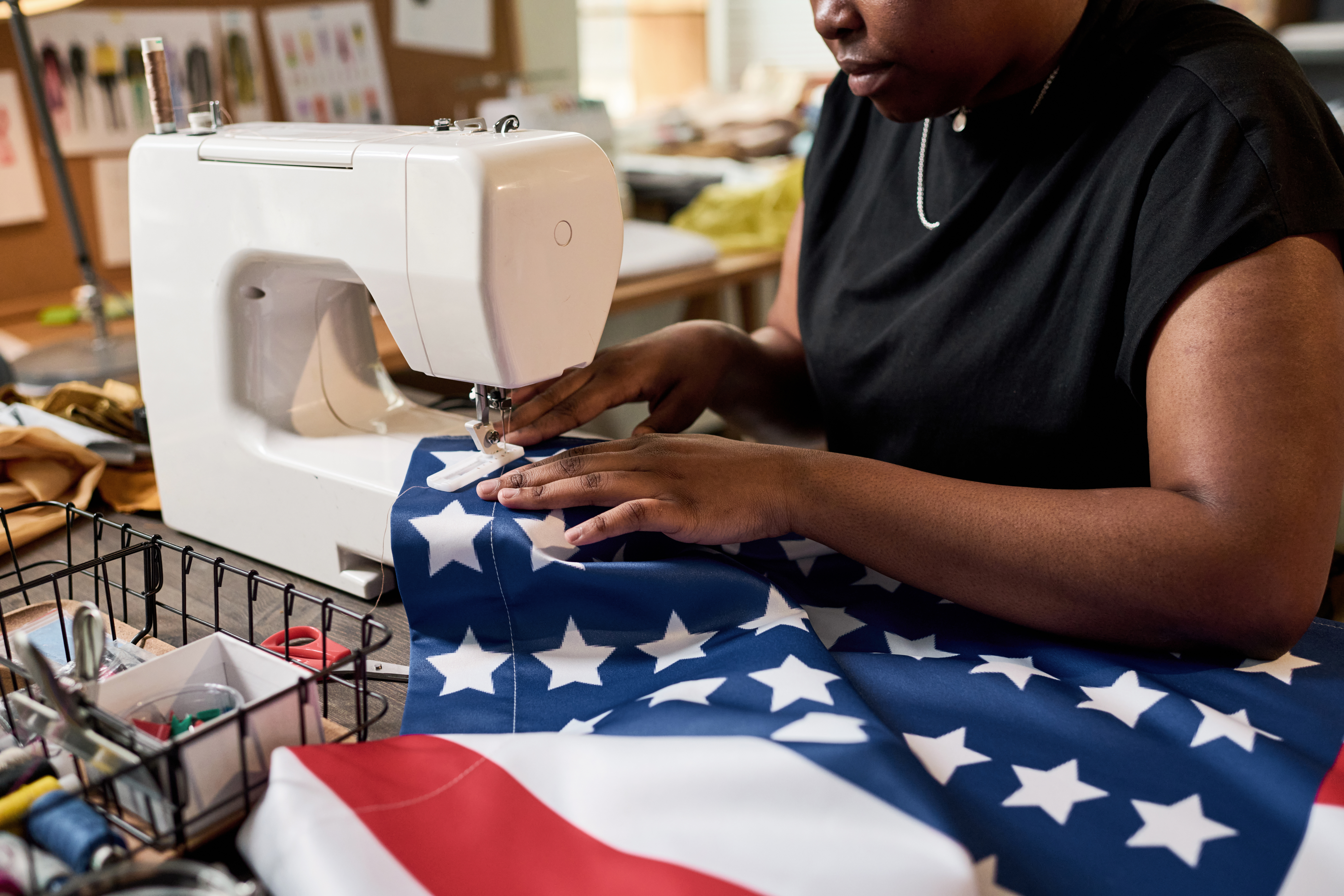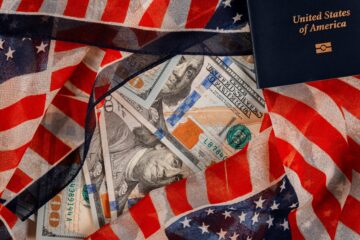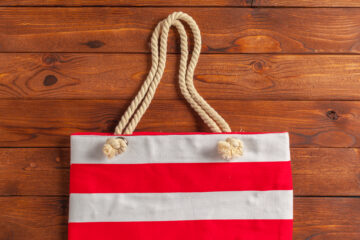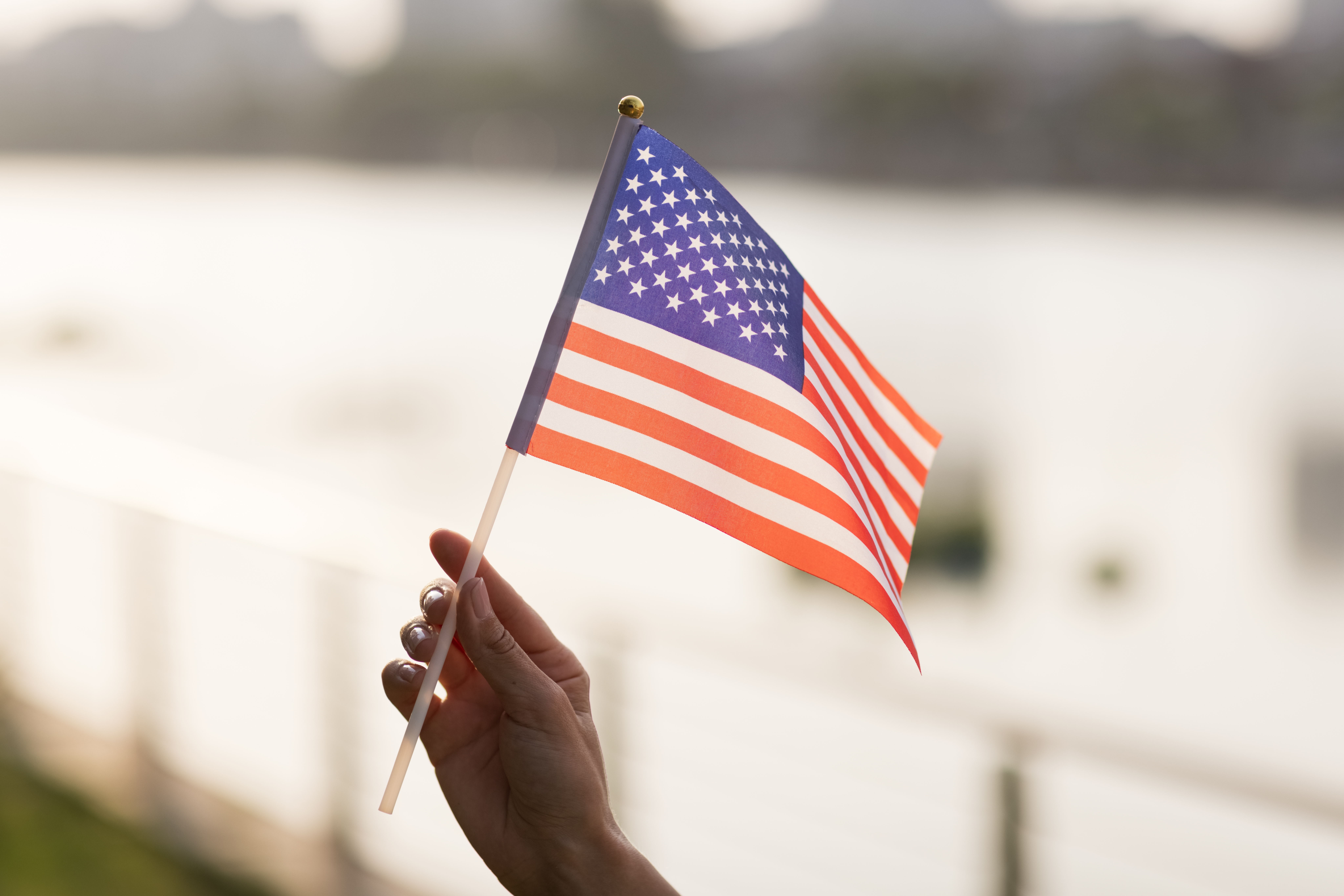What is the Manufacturing Process for Leather Bags?
Leather bags are a timeless and popular accessory that can add a touch of sophistication and luxury to any outfit. But have you ever wondered about the manufacturing process behind these beautiful and durable products? This article will explore the various steps involved in creating a leather bag, from the initial idea and design to sourcing materials, manufacturing, inspection, packaging, and shipping.
Ideation and Design
The first step in manufacturing is to develop an idea for a new leather bag. This could be based on the latest fashion trends, customer feedback, or the designer’s creative vision. Once the idea has been developed, the next step is to create a design for the bag, including details such as the shape, size, color, and any special features or embellishments.
Source Materials
Once the design has been finalized, the next step is to source the materials used to make the bag. This typically includes leather, which can be sourced from various sources, including cowhide, sheepskin, and even plant-based leather made from sustainable materials such as cork and pineapple leaves.
Preparation and Assembly
The leather is then cut and shaped according to the design using specialized tools and equipment such as die-cutting and sewing machines.
Once the leather has been cut and shaped, the next step is to manufacture the bag. This typically involves a series of steps, such as sewing the pieces together, attaching handles, linings, and other accessories, and finishing the bag with dyeing and polishing.
Many manufacturers use specialized software such as Optitex to help streamline the manufacturing process and ensure that the finished product meets the desired specifications.
Quality Inspection
After the bag has been manufactured, it is inspected to ensure it meets the required quality standards. This may involve checking for defects like loose stitching, uneven edges, or other imperfections. The bag may be returned for further manufacturing or repair if any defects are found.
Packaging and Shipment
Once the bag has passed inspection, it is packaged and prepared for shipping. This typically involves placing the bag in a protective box or bag, along with any accompanying accessories or documentation. The bag is then shipped to the customer or retailer, where it will be available for purchase.
Softline Can Help!
Leather goods are durable, useful, and beautiful. At Softline Brand Partners, we can turn your business’s leather dream into a reality. With a high degree of flexibility and years of experience, Softline is the right choice for your leather needs. Reach out today to learn more about our services!
